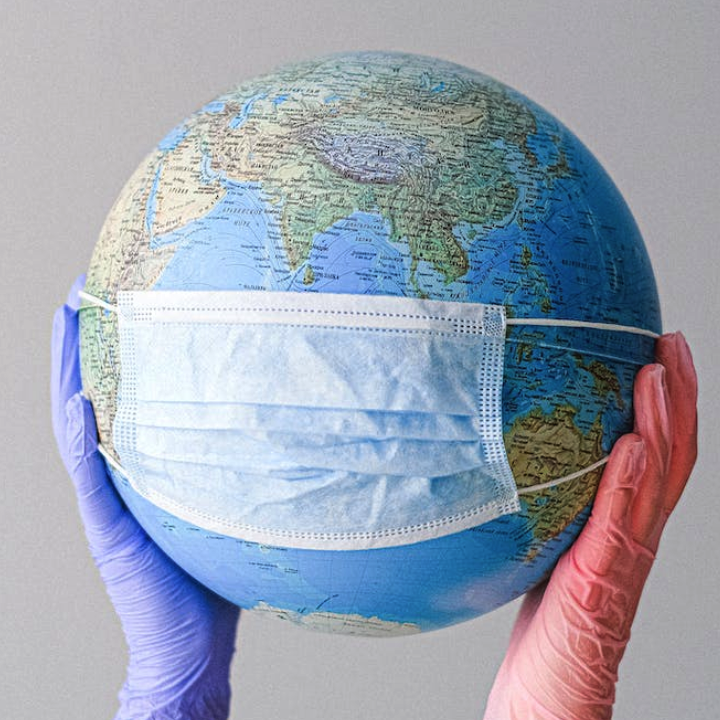Geospatial analysis in the United States reveals the changing roles of temperature on COVID-19 transmission

Accepted: 30 June 2023
HTML: 22
All claims expressed in this article are solely those of the authors and do not necessarily represent those of their affiliated organizations, or those of the publisher, the editors and the reviewers. Any product that may be evaluated in this article or claim that may be made by its manufacturer is not guaranteed or endorsed by the publisher.
Authors
Environmental factors are known to affect outbreak patterns of infectious disease, but their impacts on the spread of COVID-19 along with the evolution of this relationship over time intervals and in different regions are unclear. This study utilized 3 years of data on COVID-19 cases in the continental United States from 2020 to 2022 and the corresponding weather data. We used regression analysis to investigate weather impacts on COVID-19 spread in the mainland United States and estimate the changes of these impacts over space and time. Temperature exhibited a significant and moderately strong negative correlation for most of the US while relative humidity and precipitation experienced mixed relationships. By regressing temperature factors with the spreading rate of waves, we found temperature change can explain over 20% of the spatial-temporal variation in the COVID-19 spreading, with a significant and negative response between temperature change and spreading rate. The pandemic in the continental United States during 2020-2022 was characterized by seven waves, with different transmission rates and wave peaks concentrated in seven time periods. When repeating the analysis for waves in the seven periods and nine climate zones, we found temperature impacts evolve over time and space, possibly due to virus mutation, changes in population susceptibility, social behavior, and control measures. Temperature impacts became weaker in 6 of 9 climate zones from the beginning of the epidemic to the end of 2022, suggesting that COVID-19 has increasingly adapted to wider weather conditions.
How to Cite

This work is licensed under a Creative Commons Attribution-NonCommercial 4.0 International License.
PAGEPress has chosen to apply the Creative Commons Attribution NonCommercial 4.0 International License (CC BY-NC 4.0) to all manuscripts to be published.

 https://doi.org/10.4081/gh.2023.1213
https://doi.org/10.4081/gh.2023.1213




